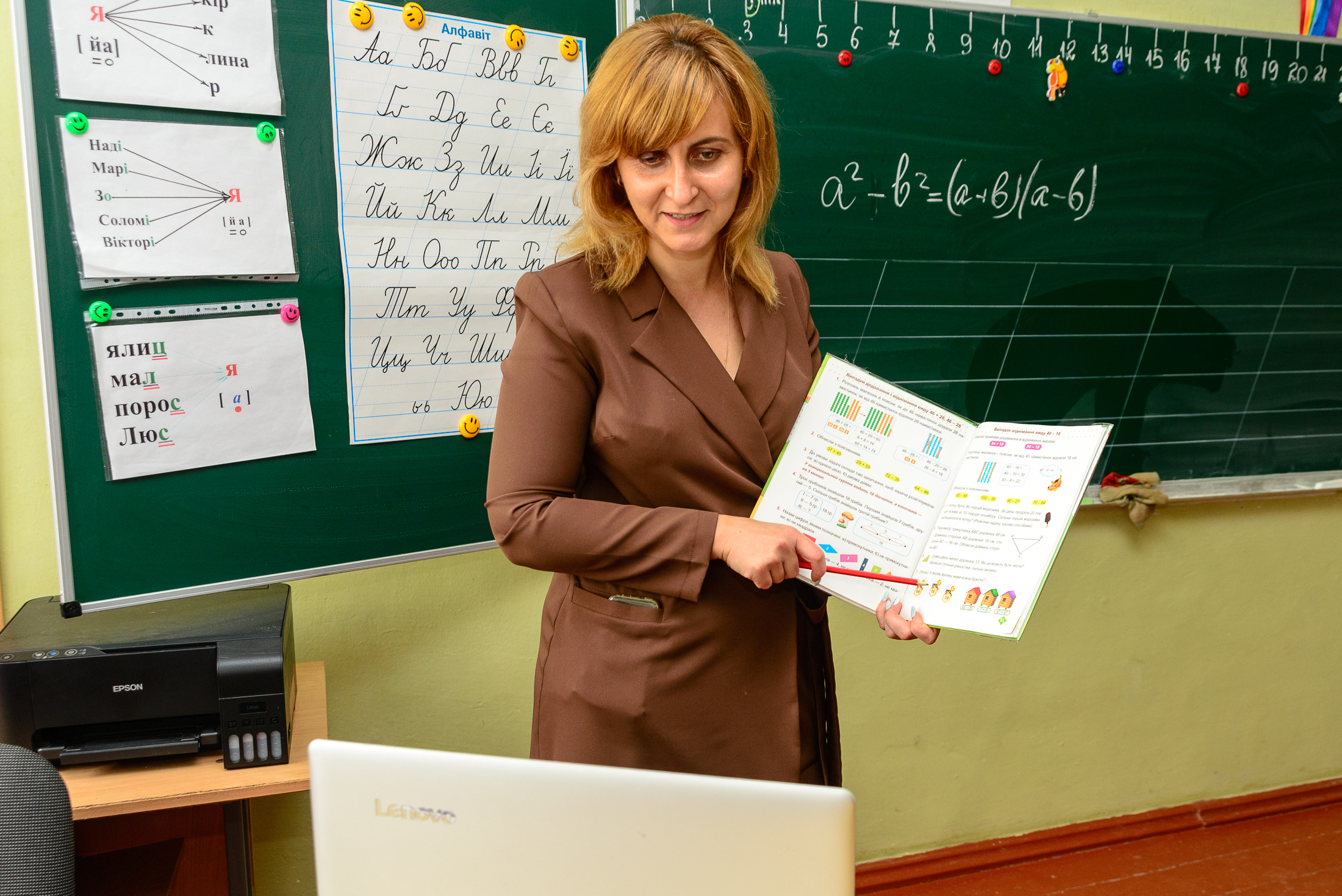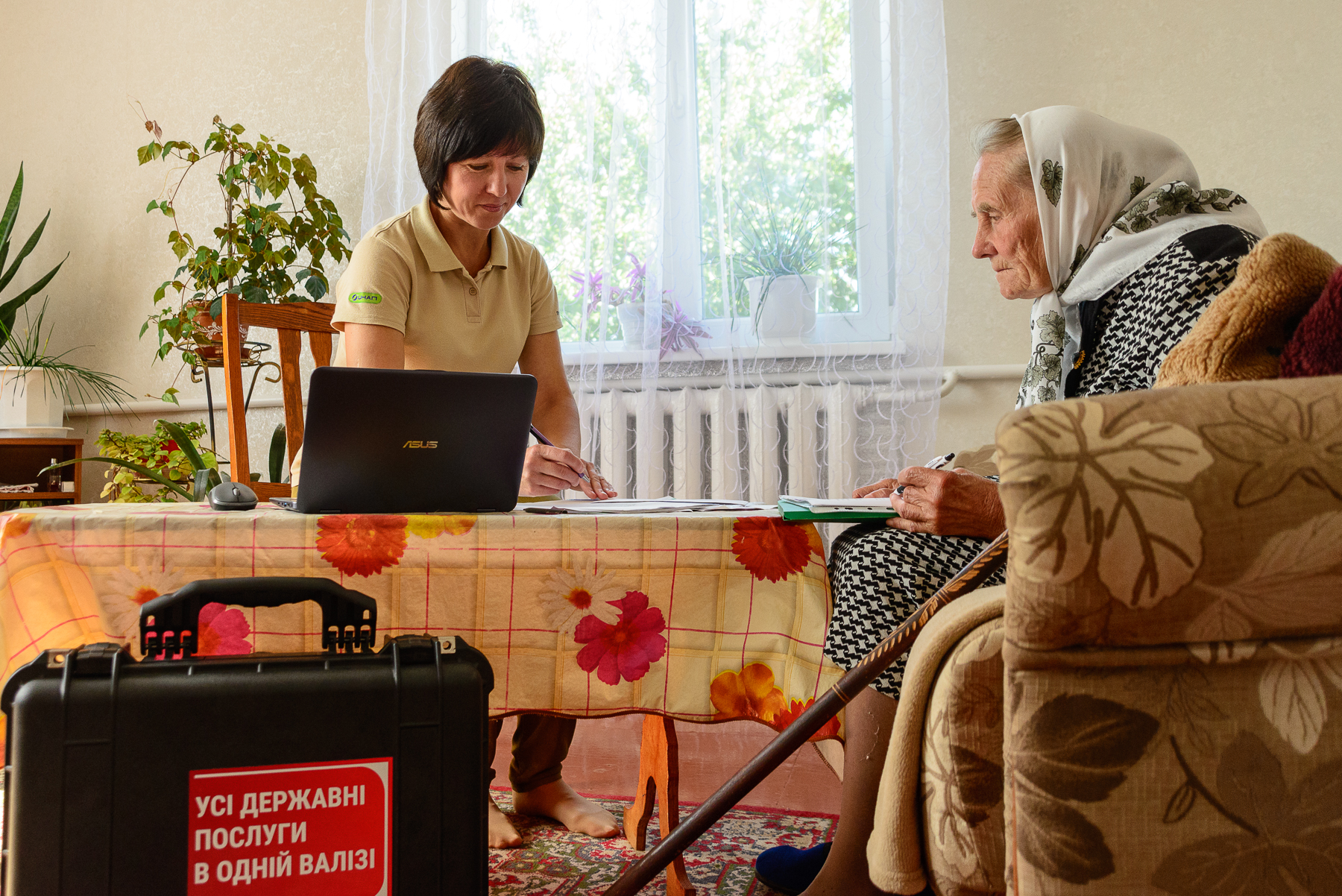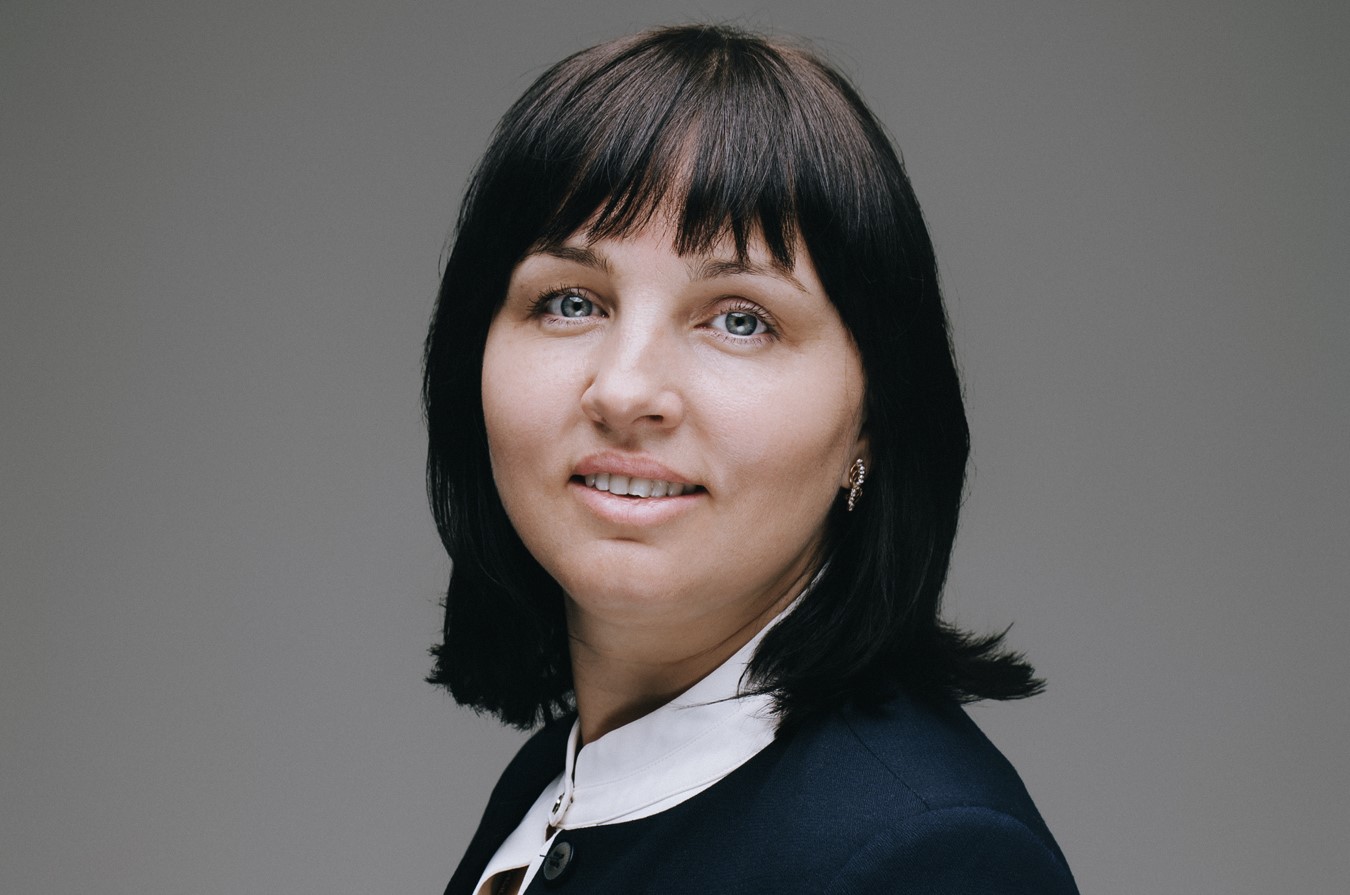
“Let’s do it, Maryna! How much money do you need?” the mayor supported the initiative, which was given the slogan “If you are unable to visit the ASC, the ASC will visit you”.

While travelling in Germany in 2015, Maryna Hurska, Director of the Department of Municipal Services and Regulatory Policy at the Kamianske City Council and Head of the Kamianske Administrative Services Centre, saw a mobile suitcase. The 35 kg tool was used to provide migration services in remote areas.
That’s when Ms Hurska came up with the idea to introduce a similar tool in Ukraine. It was meant to be intended mostly for people with disabilities who are unable to visit the ASC on their own.
“Let’s do it, Maryna! How much money do you need?” the mayor supported the initiative, which was given the slogan “If you are unable to visit the ASC, the ASC will visit you”.

Over time, the service was made available to patients in hospitals, elderly residents, and servicemen undergoing rehabilitation.
“Today, we provide this service to all those who need it. We make between 10 and 15 visits each week,” says Ms Hurska.
This service has become particularly relevant during the war, as the hostilities have made travel more difficult, while many Ukrainians have become disabled.
According to The Wall Street Journal, 50,000 people have lost their limbs since the full-scale invasion began.
Thus, the first mobile suitcase in Ukraine was introduced in 2017 in the city of Kamianske, Dnipropetrovsk Oblast. The EGAP programme has already delivered 42 such cases to six pilot regions.
Here’s how we introduced mobile cases to ensure that community residents have access to public services.
How was a mobile suitcase developed?
Mobile suitcase is a piece of software for the ASC administrator that allows the on-site delivery of public services. Thanks to it, elderly people, persons with disabilities and hospital patients can receive administrative services.
Administrative Services Centres (ASCs) are institutions where people are offered a wide range of administrative services in comfortable environment.
Serhii Hunko, EGAP’s Regional Coordinator, was instrumental in “rebooting” the mobile suitcase implementation project.

“Once an ASC head told me, ‘Don’t worry, our suitcase is in perfect condition, it’s been in my safe — no one has opened it yet!’ And this community received it 18 months ago,” says Mr Hunko.
That was when the EGAP team took over. Experts approved the methodology for applying this tool, developed ready-made templates for documents and resolutions, and thought out about how to tell people about it. This gave communities the impetus to apply the mobile suitcase successfully.
“Merely handing over equipment to the community is not the result. If it’s a mobile suitcase, the result must be the number of services delivered and visits made every month. Our goal is to create successful examples for others to follow,” emphasises Mr Hunko.
What is a mobile briefcase?
A mobile suitcase is essentially an ASC employee’s office within a single trunk.
“The suitcase allows you to scan and print documents or forms to fill out. It also contains a computer. It has software that allows you to register applications, a modem with an Internet connection, and a video camera to document the process of service delivery,” says Olena Kruk, Head of the ASC (Diia Centre) Department at the Smidyn Village Council.

Ms Kruk explains that there are a few remote villages in her community. People there have no one to turn to for services. Therefore, in addition to visits made under individual requests, the ASC employees make scheduled visits to such inhabited localities on a monthly basis.
Ordering a service at home is the simplest:
1. A person calls the ASC and indicates the required service.
2. Then they agree on the date and time of the visit.
3. The ASC employees find a free car, pick up the suitcase and go to the person’s place.
4. Any local resident is serviced on the spot and can pay in cash, online or via a POS terminal.
5. The administrator returns to the ASC and registers the service.
“Very many people really need this. Villagers are not always willing to set aside their household chores for a day. Especially when the bus connecting the village to the nearest ASC would often run only once or twice a day,” says Nataliia Piskokha, EGAP Programme Coordinator in the Dnipropetrovsk Oblast.

Ms Piskokha told us about customers of on-site services. Among them is an elderly lady from a remote village in the Kremenchany Community, almost half an hour away from the nearest ASC. She lives alone, has no family, and finds it hard to get around. To get to the ASC on her own, she would have to walk a kilometre and a half. Thanks to the mobile suitcase tool, she was able to get the necessary certificate in 10 minutes.
On-site services also help such customers as a resident of Pidhorodne who cares for her 14-year-old disabled grandson. In order to receive an administrative service, she would have to order a car to transport her grandson. With the mobile suitcase, she was able to save money and time, as the ASC staff came to her place.
We also talked to the customers of on-site services. These included Ms Tetiana Solotkovska, a 68-year-old IDP from Myrnohrad in the Donetsk Oblast. Ms Solotkovska currently lives with her 87-year-old mother in Novovolynsk, Volyn Oblast. When it came to applying for services for her mother as an IDP, the mobile suitcase came in handy. The woman’s age made it difficult for her to get around, and it was a long way to the nearest ASC.
“First, we had to walk to the bus stop and wait for the bus, which might never come. But now, thanks to the suitcase, the ASC employees visit my mother themselves,” says Ms Solotkovska.
Ms Halyna Stepiuk from Novovolynsk, Volyn Oblast, also shared her impressions of on-site services. The woman lives with her 76-year-old mother who is in group 1 of vision disability. Previously, in order to obtain certificates for benefits, she would have to walk around various offices, which took a lot of time. Sometimes, according to Ms Stepiuk, she and her mother would not have enough time to visit all the institutions before the end of the business day and had to dedicate a few days to the processing of service applications. Now, ASC administrators visit them at their place.
“The employees with mobile suitcases are very professional, sociable and easy to talk to. They always answer all our questions and even call us themselves to ask how my mother is doing and whether applications for any new services should be processed,” says Ms Stepiuk.
Together with communities, we develop mobile services for Ukrainians. So that nothing could stand in the way of high-quality, accessible and equal services for citizens.
The Mobile Briefcase service is offered under the Swiss-Ukrainian EGAP Programme implemented by East Europe Foundation.